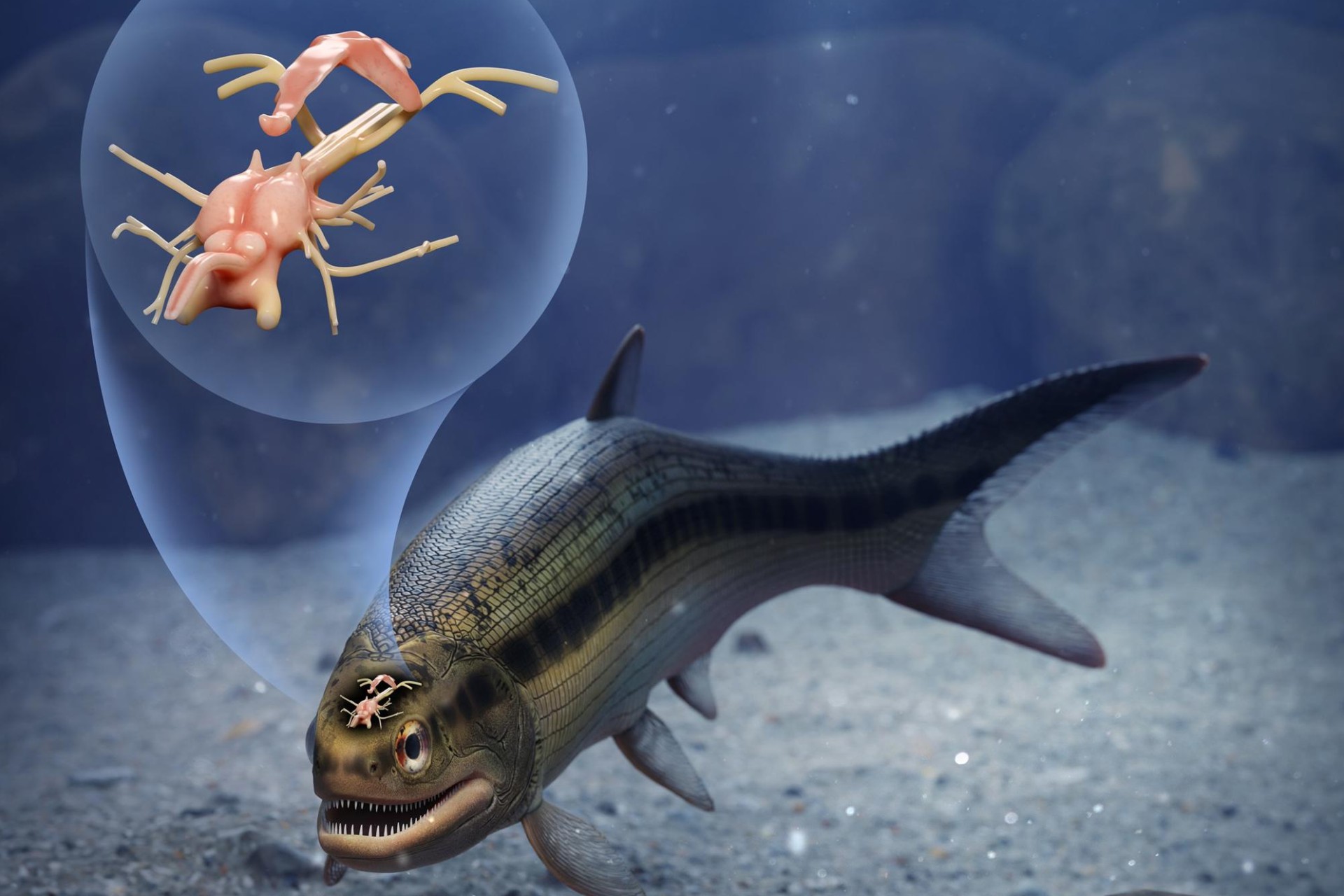A fossilized fish from 319 million yearsextracted from coal mines in English over a century ago, the oldest examples of a well-preserved vertebrate brainreport this Wednesday nature magazine.
A CT scan, which uses X-rays to reveal internal features, showed that the fish’s skull contained a brain and cranial nerves about 2.5 centimeters long, according to researchers at University of Birmingham (United Kingdom) and that Michigan (UNITED STATES OF AMERICA.).
These experts think that the discovery will allow us to understand the early evolution of an important group of fish alive today: the ray-finned fish.
The analyzed brain belongs to Coccocephalus wildia primitive ray-finned fish the size of a freshwater fish that swam in estuaries and probably fed on small crustaceans, aquatic insects and cephalopods, a group that today includes squid and octopuses, the article said.
This unexpected finding of a preserved vertebrate brain provides us with surprising insight into the neural anatomy of the ray-finned fish,” said lead study author Dr. sam gilesfrom the University of Birmingham, and adds that it lets us know more about how modern fish evolved.
“Comparison with live fish shows that the brain of Coccocephalus most closely resembles that of sturgeon and paddlefish, which are often called ‘primitive’ fish because they diverged from all other living ray-finned fish more than a year ago. 300 million years ago. ,” he added.
Stingray-finned fish have spines and dorsal fins supported by bony rods called rays, the study added.
Soft tissue such as the brain usually decays quickly and rarely fossilizes, but when these fish died, the soft tissues of their brain and cranial nerves were replaced during the fossilization process by solid minerals that preserved their structure, the study confirmed.
Another study author, Matt Friedmanfrom University of Michiganhighlights that “the important conclusion is that this type of soft tissue can be preserved, and it may also be preserved in the fossils that we have long ago.”
The fossil skull found in England is the only known specimen of its species.
Although only his skull has been found, scientists believe that C. Wildi It was between 15.2 and 20.3 centimeters long, and judging by the shape of its jaws and teeth, it was probably carnivorous, according to the researchers.
When a fish dies, it may quickly become buried in sediment with little oxygen, something that can slow the decomposition of the soft parts of the body.
With information from EFE

“Entrepreneur. Internet fanatic. Certified zombie scholar. Friendly troublemaker. Bacon expert.”







